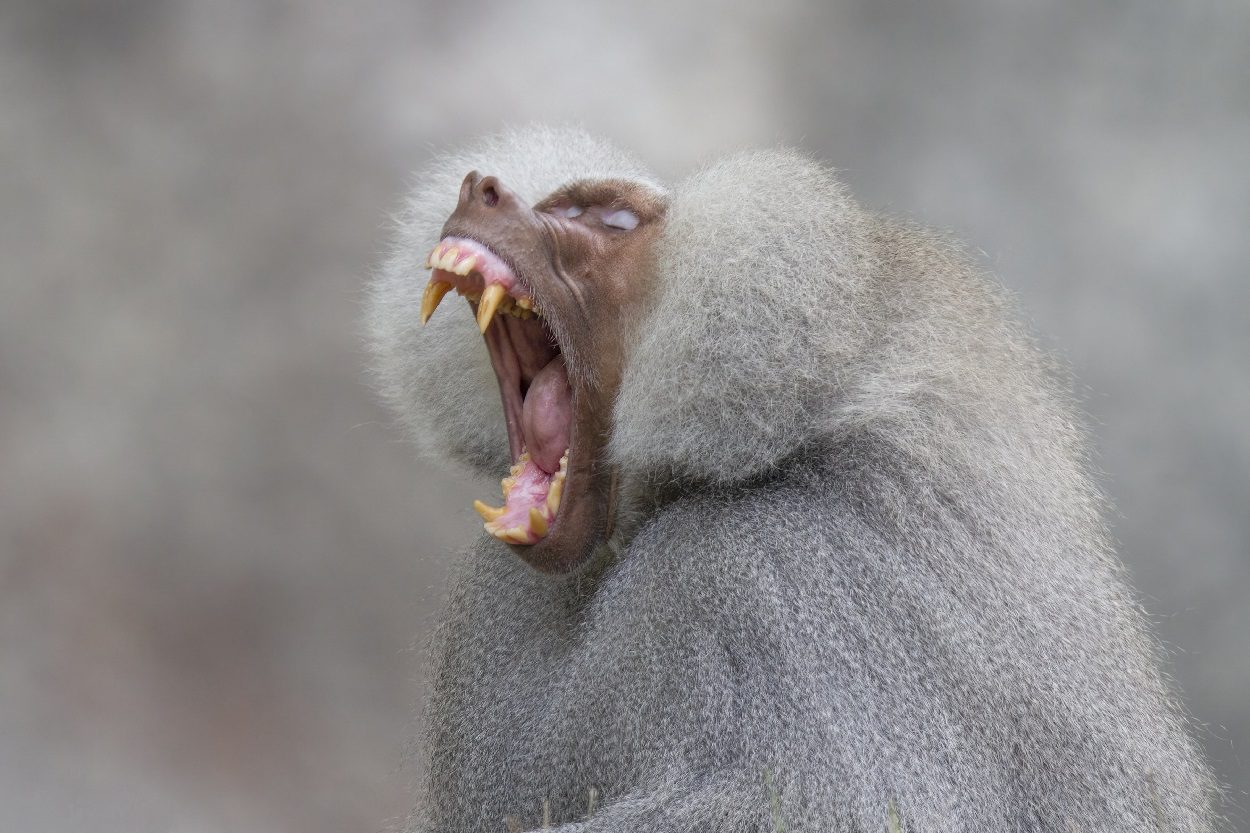In Ancient Egypt, the hamadryas baboon was one of the animals that represented Thoth, the god of the Moon, wisdom, knowledge, writing, hieroglyphs, science, magic, art and judgment.
No archaeological evidence or zoological studies suggests that wild baboons lived in Egypt, instead, they were probably imported from distant regions across the African continent.
A new study published in the journal eLife reports on a genetic analysis of baboon mummies to identify the respective geographic origins based on the animal’s mitochondrial genome.
“We have comparative samples from almost all regions where baboons live today,” said Gisela Kopp, a biologist from Konstanz. The samples were supplemented with 100 to 150-year-old specimens from museum collections, which was possible despite the wide separation of time as the location of the different genetic variants of the baboon populations is very consistent over time.
One of the research partners, anthropologist Nathaniel Dominy from Dartmouth College in the United States, had previously utilised stable isotopes to determine the precise geographical origins of mummified baboons. This technique, based on chemical signatures, is applicable for distinguishing between the birthplace and the environment where the animals were raised.
The research, which was published in 2020, successfully pinpointed the Horn of Africa as the baboons’ native habitat. Employing genetic analysis, a method offering superior geographical accuracy and the capability to trace the animals and their ancestral origins, the specific location was further refined to a distinct area in Eritrea and neighbouring regions.
A comparative sample that closely resembled the genetic variation found in the mummy specimen originated from the coastal area of Eritrea, where historical evidence suggests that the port of Adulis may have once stood. Historical texts make references to Adulis as a trading hub for valuable commodities and various animals.
The mummy specimen analysed by Gisela Kopp and her research team was unearthed in 1905 within the “Valley of the Monkeys” and is currently housed in the Musée des Confluences in Lyon. This mummy is believed to have originated from the Late Period of ancient Egypt, dating back to approximately 800-500 BC. Significantly, this timeframe precedes the heyday of Adulis as a prominent trading hub and port.
Ancient historical texts make reference to Punt as the ancestral homeland of the baboons, a legendary region from which Egypt had been importing luxury commodities for centuries, at least until the early years of the first millennium BC. Nevertheless, the precise location of Punt remains shrouded in mystery. “Egyptologists have long puzzled over Punt, since some scholars have seen it as a location in early global maritime trade networks, and thus the starting point for economic globalization”, says Gisela Kopp.
Punt is documented in ancient illustrations and texts from the same period as the mummy specimens. The Egyptological expertise in the project made it possible to link Punt to Adulis.
“The specimen we studied fits chronologically with the last known expeditions to Punt. Geographically, however, it fits Adulis, a location that, centuries later, was known as a trading place, also for primates. We hypothesize that Punt and Adulis are two different names for the same place that were used at different points in time”, Gisela Kopp says. And: “It was only after we put our biological findings in the context of historical research that the story really came together.”
Within the field of biology, these discoveries represent a significant scientific milestone. It marks the inaugural successful analysis of ancient DNA from mummified non-human primates.
This achievement paves the way for various research possibilities, including the investigation of how human-wildlife interactions have influenced genetic diversity and their potential role in the transmission of diseases.
The historical interactions between ancient Egyptians and exotic animals serve as compelling evidence of early, extensive engagement between humans and wild creatures. Furthermore, the widespread practice of mummifying diverse animal species and primates is a truly remarkable aspect of ancient culture.
https://doi.org/10.7554/eLife.87513
Hamadryas baboon – Image Credit : Shutterstock





